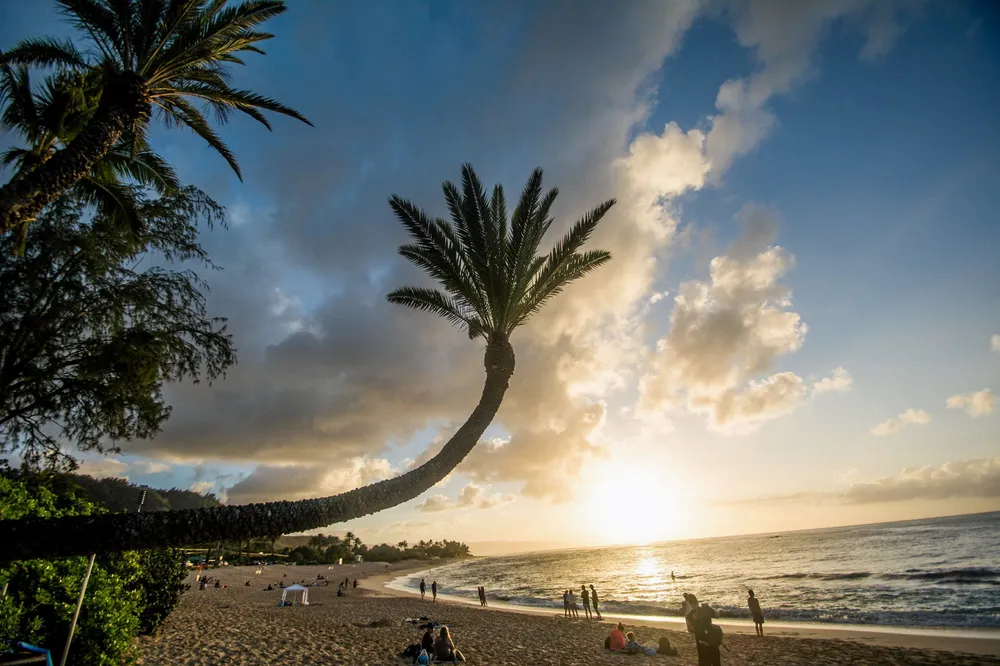BOEM expands US offshore wind to the Western Pacific with Hawaii, Guam in the frame
Regulator includes leasing rounds for the 50th state and territories that could also include American Samoa, Puerto Rico, and Virgin Islands

US regulator Bureau of Ocean Energy Management (BOEM) is advancing potential offshore wind development on the Pacific islands of Hawaii and Guam through task force meetings that include federal, state, local, and Tribal officials as well as commercial interests.
The agency revealed on Thursday it was targeting lease sales off the nation’s 50th state by 2028 during its fifth intergovernmental meeting for Hawaii.
Hawaii mandates 100% clean power generation by 2045 and has already reached around 31%, according to the US Energy Information Administration (EIA), the statistical arm of the Department of Energy.
A 2021 report by National Renewable Energy Laboratory (NREL) on Hawaiian offshore wind said the sector has potential to contribute significantly to Hawaii’s clean energy goals due to its “strong wind resource and a population (and corresponding electricity demand) concentrated along the coastline.”
Hawaiians already pay the highest electric power prices in the US at $440/MWh due to the heavy reliance on costly imported fossil fuels.
Hawaiian offshore wind has been on the table since BOEM received three unsolicited lease requests in 2015 from two developers.
The requests prompted BOEM to request for commercial interest off the Hawaiian island of Oahu, eventually designating North and South Oahu call areas. NREL later added the Oahu east study area for further investigation.
Sector hurdles
Development would face multiple significant hurdles for the state, however.
With a population of only 1.4 million, according to the US census, Hawaii is targeting less than 1GW of total capacity to meet its clean power needs.
This capacity would all be floating in waters as deep as 1,300-metres, a technical stretch for a sector that so far has installed in depths of less than 300 metres in Europe.
Offshore wind would require significant coastal infrastructure, including costly marshalling, operations and maintenance ports.
Towing floating wind platforms the nearly 4,000 km from California to the Hawaiian Islands would also be a costly challenge.
Offshore wind would also compete with other ocean users, including traditional Hawaiian and commercial fisheries as well as military operations.
News reports indicate that Aukahi Energy, a joint venture of local provider Progression Energy and EDF Renewables, has worked out an agreement with the US Department of Defence that would allow for up to 800MW of development, though, potentially enabling development as early as the 2030s.
Territorial development
BOEM’s plans for offshore wind proliferation extend even farther west in the Pacific to the US territory of Guam.
The agency on 27 August revealed it would hold its first intergovernmental meeting on offshore wind for Guam on 11 September at the request of the local government.
Guam, with a population of some 120,000 residents, lies 6,128 km west of Hawaii, in the Mariana Islands archipelago of the Western Pacific.
BOEM’s five-year offshore wind leasing plan calls for auctions in 2028 in one or more US territories, which may include Guam as well as American Samoa and the Northern Mariana Islands in the Pacific, as well as Puerto Rico and US Virgin Islands in the Caribbean.
(Copyright)